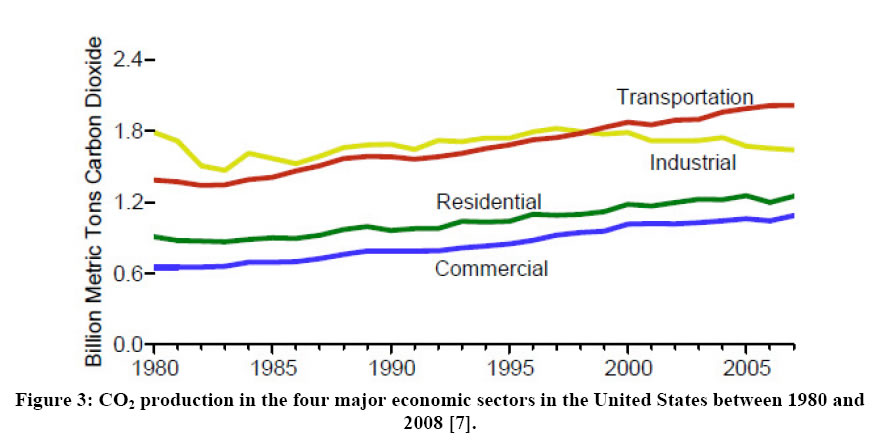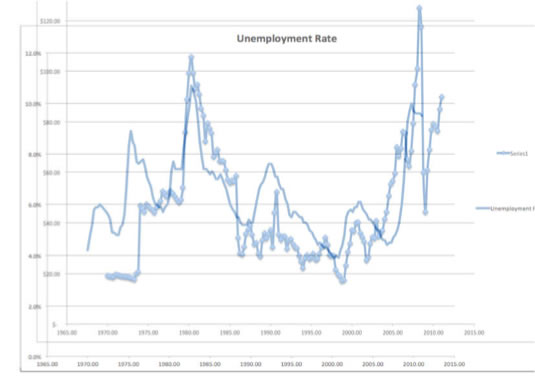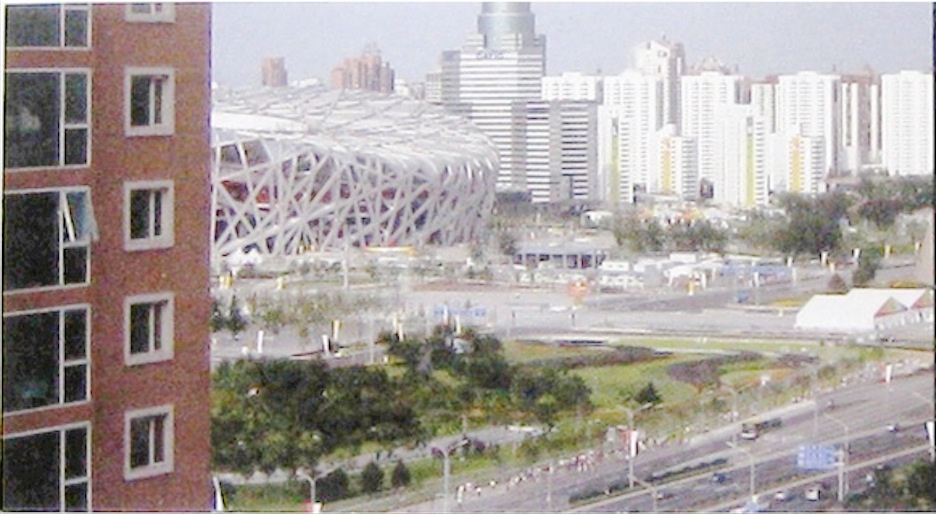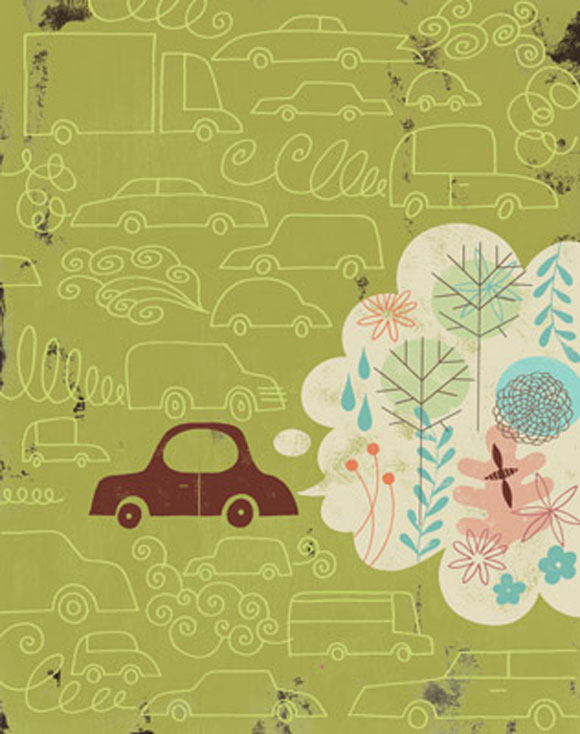Major updates are listed to the right. Please update your pages.
The Institute for Energy Resourcefulness
Our Mission
You are told by the oil companies that no alternative fuel options are realistic or practical, and you are led by the auto companies to believe they are doing the best possible for you. Both are perhaps the biggest lies you will suffer believing in your life. They effect you, your family and your parents, not just economically, but more importantly they degrade your health. Our mission is to help you understand that you have options when it comes to energy costs, energy supply and the effects of energy pollution on you and your loved ones. We want to educate you (does that scare you?) so you can see that there are practical solutions, which are affordable, that you can argue for and achieve. You do not need to suck in lead and benzene the rest of your life.
Our Objective
To understand that population increases in the next decades, and the worldwide move to the middle class with its offer of a better life, will stretch traditional energy supplies strongly influencing the quality of your daily life. Thus, oil will inevitably continue to increase in price, and with its increased use, pollution and greenhouse gases from it will continue to increase at a faster pace. Our main objective is to show you ways we can 'work around' this inevitable story, so we can all get out of this shadow and thrive.
Goal
We hope to achieve this objective by showing you that we don't have to rely on the shrinking, ever more costly 'historical' energy supply: fossil fuels.
Executive Summary
Since the US uses 1/4 of the world's oil and over 60% is used for transportation, and a large fraction of the remainder for stationary engines, the key area that needs attention is internal combustion engine (ICE) fuel. These engines must be transitioned from using petroleum fuels to running on alcohols. Not only ethanol, but the other alcohol - methanol. These are liquid fuels. Together these alcohols can replace the oil from which gasoline and diesel are made that these engines use. We already know that ethanol works since our 'gasoline' contains 10% ethanol, and there are 14 million Flex Fueled vehicles on US roads that can use 85% ethanol. As we show on the pages within, methanol is also a proven liquid fuel that can run our engines. Engines tuned around alcohols can run more efficiently than diesel engines, i.e., at greater than 40% efficiency. The transition will initially require using fossil natural gas to make enough methanol and ethanol, but later will involve producing methanol and ethanol from dedicated non-food energy crops, organic wastes and farmed algae. Ethanol made from these feedstocks has the potential to be carbon neutral, and even carbon negative. Ethanol from waste organics is just coming online. Methanol from organic wastes has been made for many years. We can do many other things that will alleviate the coming energy problems, but we will focus on fuels first. We seek to get your help to bring about this transition by helping you understand the realities, and then asking you to spread the word.We are constantly being told that we are running out of energy we can afford, and that by using the energy we need we are irreversibly heating up the earth. Are these facts true? If they are, how much time do we have to find alternatives that will alleviate the consequences of each of these issues. Is there an answer other than using less energy?
One thing is clear, the temperature of the surface of our earth is increasing. The plot below, covering 128 years shows the picture. The zero line is arbitrarily set to the 1961-1990 average temperature. Although it is under discussion as to whether man and our machines caused this rise, the rise itself is undeniable.
Well, can we measure our contribution? To a large extent we can. Since the beginning of the industrial revolution the amount of greenhouse gasses caused by human activities is substantially increased; for instance the amount of CO2 and methane is 36% and 148% higher as compared to the levels in the 18th century. Burning fossil fuels was responsible for 75% of the increment of CO2 in the atmosphere over the last 20 years; the remaining 25% was mainly due to deforestation [5]. On the other hand, anthropogenic methane production is due primarily to an increase in livestock (enteric fermentation) and decomposition of organic compounds for instance in the garbage dumps. We devote more attention to Global Warming here.
The Institute for Energy Resourcefulness (IER) wants to educate you about ways we can all participate to lower our contribution. There are real and positive solutions. There are answers to keeping your lifestyle, cleaning your cities and saving the environment -- that we can afford, and even enjoy. IER has a mandate to look at all forms of energy and investigate innovative means of getting the most out of the energy we can make available. Our goal is to move ahead, while preserving the beauty of the world we live in. 
Our initial focus is to get America off of foreign oil while reducing Greenhouse Gas emissions, and health debilitating pollution, so that we buy the time (both economically, in the quality of our lives, and for our children) to develop other energy resource ideas that are even cleaner.
The current Mission statement is here.
You can view all the videos here. They are linked back to many of the pages which give a more thorough explanation. For your ease of navigation, a partial site map is included in the left side bar of every page. Several pages are really section heads, and have additional links attached to them.
As this site is developed, future topics IER will be addressing are the use of white or light colored roofing, the value of using LED lighting, the need for a new generation nuclear power, the costs of coal and natural gas power plant CO2 sequestration, the use of Liquefied Natural Gas (LNG) for aviation fuel, the benefits of electricity distribution using superconductors cooled by LNG, battery technology pros and cons, etc.
The first and most important step
As we see below, the largest contribution to CO2 in the atmosphere is due to transportation. It is also the fastest growing contribution.
Looking at transportation, which is very highly dependent on oil, we see the second aspect of why we must make a radical change in the way transportation is accomplished. There is the very disturbing correlation between the price of oil and unemployment. This correlation, shown below, covers 4 decades - four decades. We not only suffer job losses at the whim of OPEC, and contribute to 1/4 of the global warming of the earth, but as we also know, we must spend our treasure, both in lives and money, to keep the oil flowing.
Thus, we will discuss and develop a plan for developing sufficient alternative transportation fuels that can lower the CO2 transportation creates, and use much less oil. We must get away from using oil, both for our economy and our health.
We discuss a realistic way to keep our driving independence, and keep our cars with their (Internal Combustion) engines. 
We evolve a way which while helping the environment, can immediately start to wean us from foreign oil, thus keeping our money at money home while creating jobs here, triply increasing our economic prosperity (and our national security). It involves using both our fossil natural gas and renewable natural gas to make methanol. Methanol is a liquid fuel that is used in racing cars because Internal Combustion Engines run better on it than on gasoline. The natural gas and biogas can both be produced here, at home. Our proposed solution can be massively scaled up to meet the gigantic amounts needed for a real answer to our problem. We have a vision that will allow the future of motoring in our age of oil supply stress and global warming to be the most exciting experience to date.We will get off the use of oil for transportation. We will reinvigorate the corner garage, and produce many other jobs. We will lower our cancer rates and lung disease. An auto using 600 gallons per year creates ~12,000 pounds of CO2 which requires 240 trees to extracts this amount of CO2. Using liquid fuels made from these two methane we can produce fuels with octane ratings of about 110, without adding the aromatics benzene, toluene and xlyene, which are linked to cancer and brain damage. Furthermore, they don't emit particles that cause lung disease, and which also combine with the aromatic emissions to produce ozone and smog. sources,
The extent of the air pollution is show below in Beijing China. On the left on a clear day and on the right the incredible pollution that is possible looking from the same location.


A great deal of this is from vehicle exhausts.
Along the way we will inform you about the reasons many other paths are not as good, and about ones that are potentially better, but quite far in the future. The information will be presented on this site using tools such as YouTube and SlideShare. basically YouTube and SlideShare will be used to present data, and the pages on this site will provide background, programs and the philosophy of our path to sustainability.
To get a flavor of our thinking you may want to start by looking and listening to some of the presentations. The YouTube channel: http://www.youtube.com/user/bobfalco12345 (go to featured playlist "Alternative Fuels - Liquids" just below the opening video). This is basically a course on how and why to get off oil, protect our health and gain economic security. It contains 6 videos. The SlideShare channel www.slideshare.net/bobfalco gives additional details and references for your further study.
There are other things we must do
Taking care of the critical problem of transportation energy supply, we can then focus on enhancing our supply of renewable energy. It will be a lot easier because we will have a lot more money to do it. We will also have a lot more time - though not forever! We discuss these overall initiatives and plans and in doing so we hope the you see how bright our future really will be.
We welcome you to look inside and decide whether IER's plan of positive solutions makes sense to you.
About our LOGO --IER's LOGO depicts the never ending 'circle of flames' man creates from fuels derived from the Sun's energy to power his needs. It emphasizes IER's focus: to find ways to use this energy wisely by recycling it whenever possible, and always striving to increase the efficiency of its use. IER will emphasize the recycling of all kinds of wastes and the anaerobic digestion of fast growing bio-mass to make renewable natural gas.
Check out who we are.

